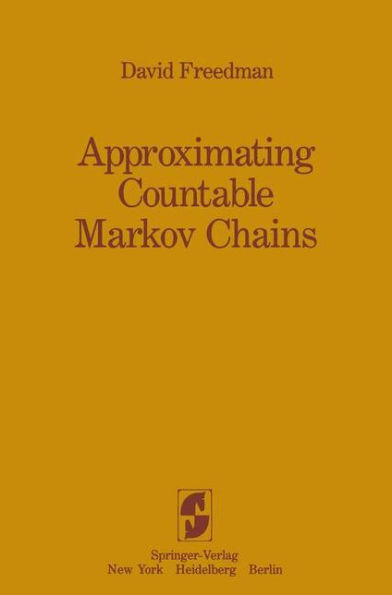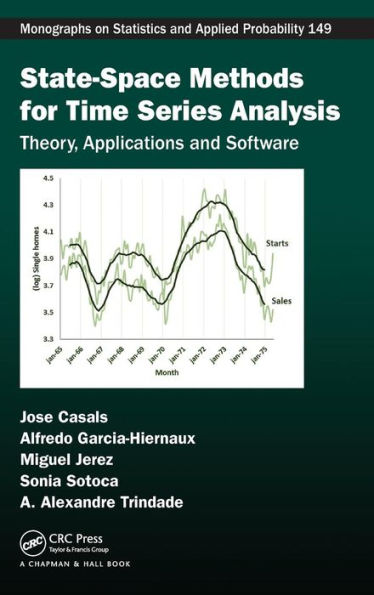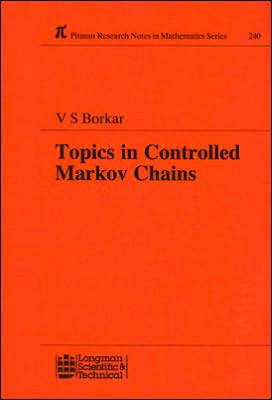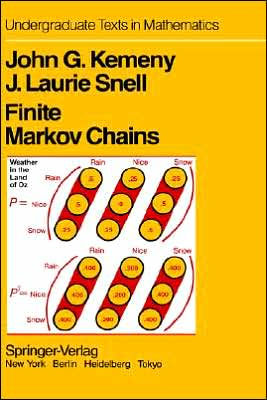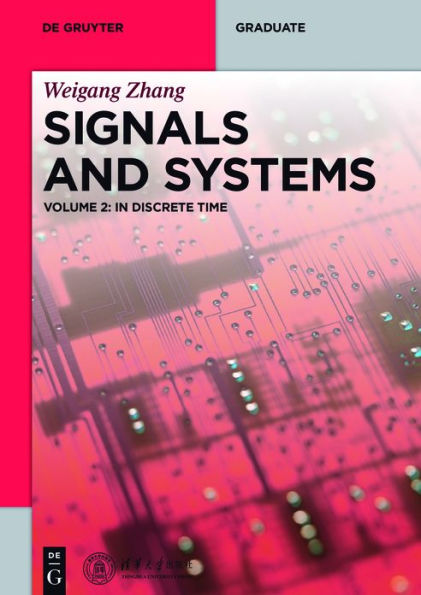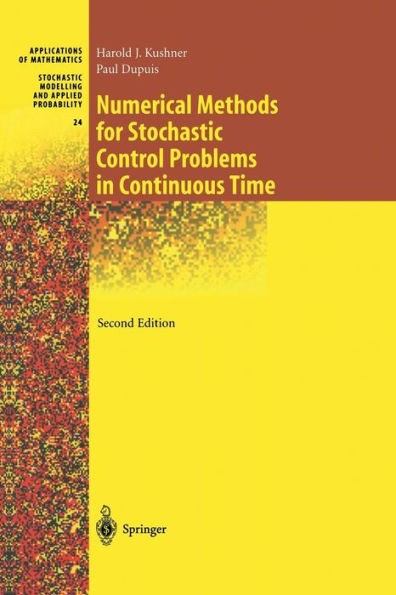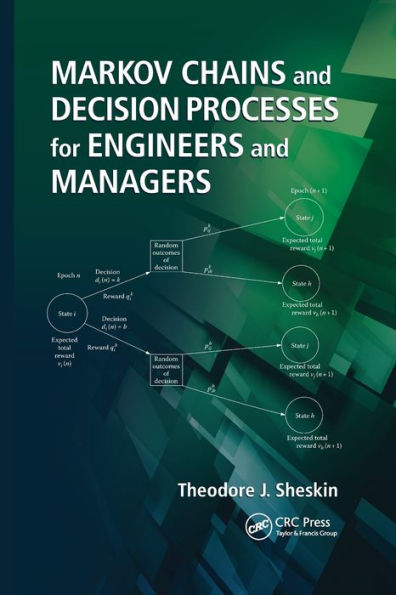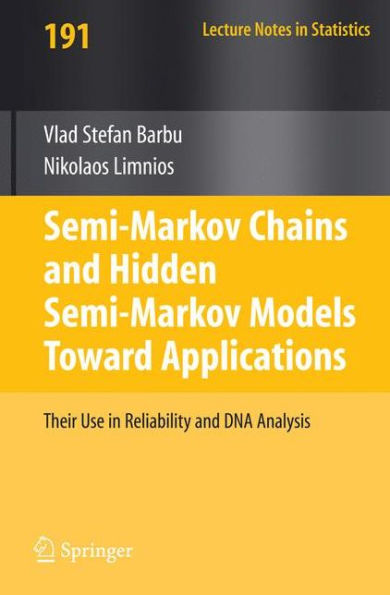Home
Discrete-Time Markov Chains: Two-Time-Scale Methods and Applications / Edition 1


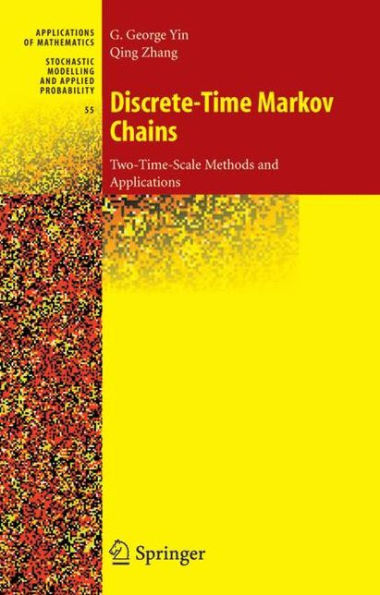
Discrete-Time Markov Chains: Two-Time-Scale Methods and Applications / Edition 1
Current price: $109.00
Loading Inventory...
Size: OS
This book focuses on two-time-scale Markov chains in discrete time. Our motivation stems from existing and emerging applications in optimization and control of complex systems in manufacturing, wireless communication, and financial engineering. Much of our effort in this book is devoted to designing system models arising from various applications, analyzing them via analytic and probabilistic techniques, and developing feasible compu- tionalschemes. Our main concern is to reduce the inherent system compl- ity. Although each of the applications has its own distinct characteristics, all of them are closely related through the modeling of uncertainty due to jump or switching random processes. One of the salient features of this book is the use of multi-time scales in Markovprocessesandtheirapplications. Intuitively,notallpartsorcom- nents of a large-scale system evolve at the same rate. Some of them change rapidly and others vary slowly. The different rates of variations allow us to reduce complexity via decomposition and aggregation. It would be ideal if we could divide a large system into its smallest irreducible subsystems completely separable from one another and treat each subsystem indep- dently. However, this is often infeasible in reality due to various physical constraints and other considerations. Thus, we have to deal with situations in which the systems are only nearly decomposable in the sense that there are weak links among the irreducible subsystems, which dictate the oc- sional regime changes of the system. An effective way to treat such near decomposability is time-scale separation. That is, we set up the systems as if there were two time scales, fast vs. slow. xii Preface Following the time-scale separation, we use singular perturbation meth- ology to treat the underlying systems.


